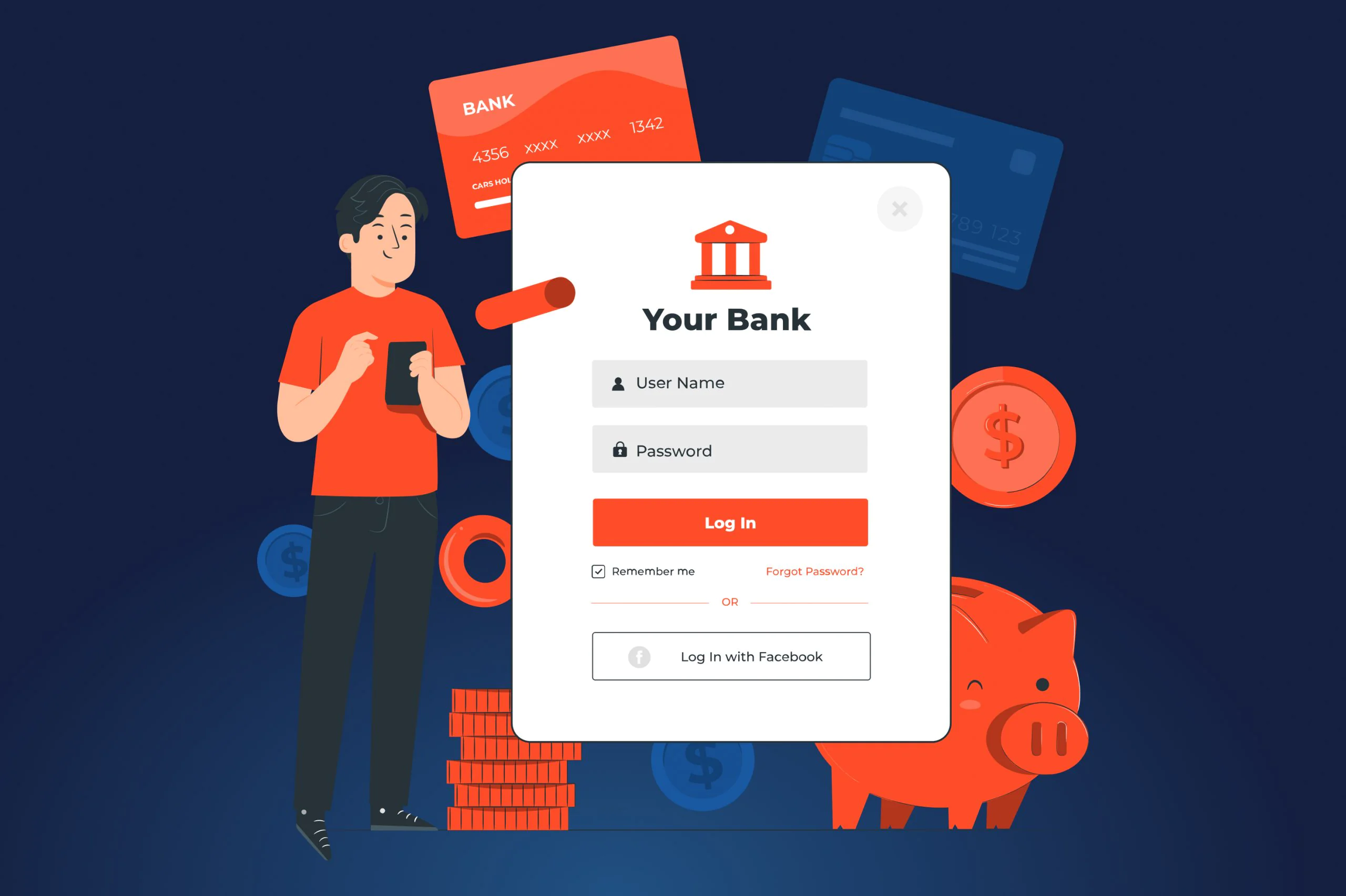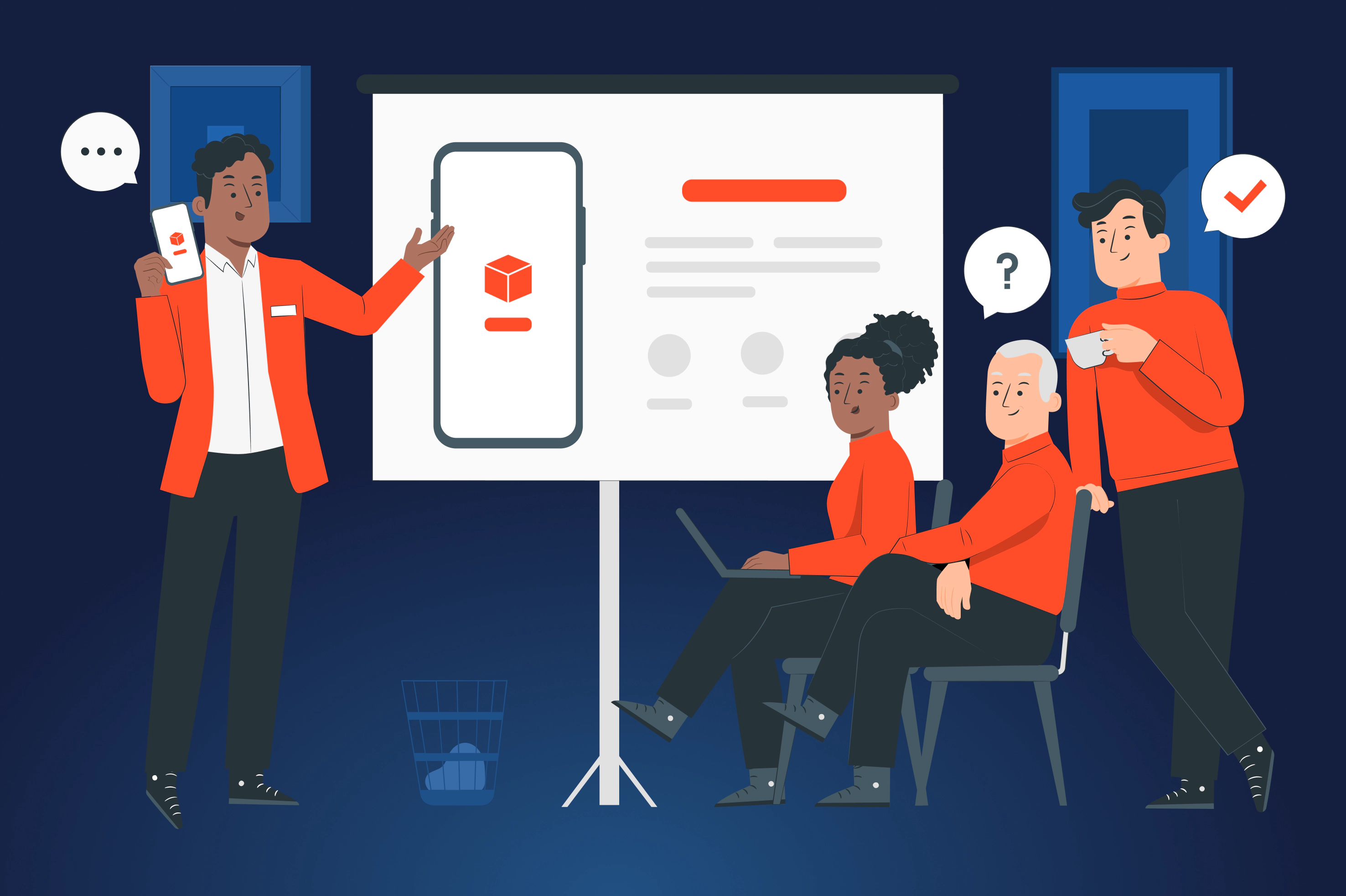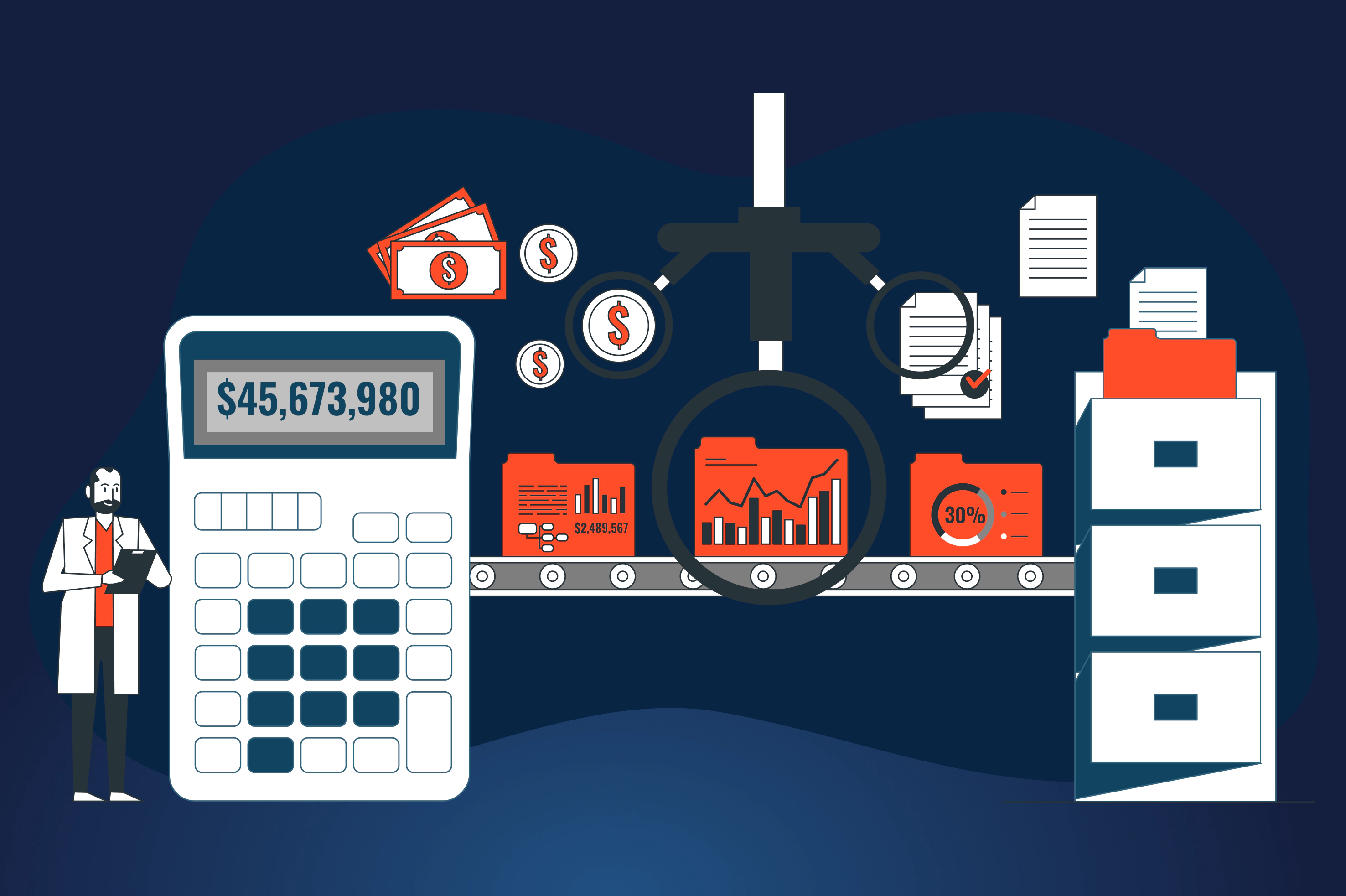“They will call it after your name.” — said an old blind bearded man in a black robe, who Robin Hood bumped into on one of the seldomly walked paths in the Sherwood forest.
“I am a clairvoyant, I can see the future. I don’t know what this thing is, but they will call it a mobile app for stock trading. I tell you more: there will be a hero who will create a similar thing and will outshine you. And people from the kingdom called JatApp will tell that hero how.” — the old man finished, feeling satisfied to share the truth with Robin Hood.
And here the JatApp team is, following the prophecy of the old sage. In this article, we will indeed tell you how to build an app like Robinhood.
Three prophecies about Robinhood app that came true
The old sage left the three prophecies about Robinhood’s app triumph — a hint for you to outcompete the market leader by developing a similar app but with unique value proposition.
Prophecy #1: The concept
As the brand name of Robinhood app suggests, the product aims to make wealth management and distribution more accessible, but this time without archery and rogue actions involved. Stock trading shouldn’t be a privilege of extremely wealthy people only, and users without big capital portfolios should have a chance to trade their assets and earn some extra income.
Once the application targets ordinary people, it offers a no-brainer user interface/user experience design that blows away any Wall Street white-collar vibe. Users don’t have to study economics at Harvard to start using Robinhood — that’s what makes this app so great. Robinhood is free of the seriousness and sophistication commonly associated with the world of finance.
Even though Robinhood founders are indifferent to archery, they have a sharp eye and target the right audience: millennials. People aged from 25 to 34 are already financially independent, but still can’t afford hiring a private accountant. And here Robinhood app comes, offering a solution that allows millennials to start investing as much as they can afford without any brokerage fee incurred.
Robinhood’s core offer is valuable as it is, but the company needed to acquire as many customers as possible to generate a working capital for further scaling. So the company made an absolutely brilliant, we would say, savage move.
It was the hype that Robinhood created and handled in the most outstanding way possible. The company announced the launch of the app with early access for those who sign up for an account. A common practice for startups, but Robinhood aimed at millennials, people chronically ill with a so-called fear of missing out (FOMO syndrome).
The company amplified a FOMO effect around the app by embedding a gamified referral program. By referring the app to other people, a user earns points and moves up in the list for early access. The more people a user brought to the app, the faster they would get a chance to use Robinhood.
Robinhood app referral program
What lesson can you learn from this prophecy? Think about people you intend to serve with your stock trading app. Not only millennials need assistance with their wealth management. You have to target other groups of people who have their own pain points in dealing with growth of their capital. That should form a solid ground, on which your product will be confidently standing.
Prophecy #2: Killer features
Luring people into an attractive product for stock trading is not enough. Robinhood has to stand up to its promise and provide a stress-free experience of the capital investment process. The company doesn’t leave its target audience disappointed with these killer features:
- Registration and Know Your Customer (KYC). You get it right, registration in Robinhood app is a killer feature. It is as easy as ABC, and as soon as registration is complete, the app calls a user to share it with their friends to get a reward. The ease of registration mainly stems from the integrated KYC service that verifies a user’s banking credentials to confirm that a user is a real person with an active bank account connected to the app.
- Dashboards. Users need to view how the prices of their stocks change throughout a particular period to make decisions about their trade. Financial data visualization is an important hefty tool for stock trading, which is why Robinhood includes an interactive dashboard showing all market data relevant to a user. Customization of a dashboard makes the app’s UX convenient, so users don’t feel stressed out when they trade their assets.
- Trading. An access to frictionless trading transactions is the hallmark of Robinhood. Again, a simple UI/UX design makes trading a particular asset an easy transparent process, thereby decreasing chances that a user can confuse something and make a wrong transaction.
- Portfolio management. This feature allows users to create different portfolios according to their value, type, terms, and any other characteristics that will help them get all asset ducks in a row. Even the most inexperienced traders invest in multiple assets, so separating portfolios from each other according to visible properties is an important UX component that adds to Robinhood’s simplicity.
- Alerts and notifications. Robinhood stands up not only because it’s a simple, user-friendly stock trading platform, but also because it’s an ethically responsible financial product. For instance, when an asset gets a critically high/low price, the app alerts users right away. What’s more, users can set these thresholds themselves, and the app will notify them that it’s time to sell the asset because the risk of losing money is high enough.
- News and tutorials. Even though using Robinhood doesn’t require any specific knowledge and skills in finance, understanding how stock trading works would be a plus. For that reason, the app includes a regularly updated news feed related to the finance sector and provides tutorials about trading assets with the app, as well as general information about basic investment principles.
There are several takeaways from this prophecy. First, a robust investment app requires a full-fledged banking infrastructure behind its back. Building one can take lots of time and money. So instead, we recommend you to cater your app to Banking-as-a-Service (BaaS) platform.
Second, simplifying the process of asset trading as much as possible is what your customers expect first and foremost. You can enhance stock trading experiences of your users by adding a hybrid assistance that includes a robo-advisor human financial experts. A robo-advisor has the power of artificial intelligence (AI), while human experts can intuitively smell what assets your customers’ should invest in.
Prophecy #3: Monetization strategy
Robinhood does not charge users trading fees, a typical practice amongst legacy brokerage companies. But the company successfully earns an annual income of more than $1 billion. How does Robinhood make money? A well-diversified monetization strategy is the answer:
- Transaction fees. The app offers commission free trading, but when users withdraw money or transfer their assets to other users, Robinhood takes a small fee depending on the amount of money or asset trading volume.
- Subscriptions. Robinhood offers a Robinhood Gold subscription that provides users with access to additional features such as margin trade, large instant deposits, detailed stock market reports, and the like. The subscription fee is $5 per month.
- Margin fees. In case a user takes a stock loan of more than $1,000 for margin trading, they will have to pay a fee of 2.5% from the sum they loaned.
- Bank interest. Since Robinhood creates a bank account for each user to store the money they use for trading, the app charges users for bank accounts and core banking services once in a year.
This prophecy teaches you to bring alternative streams of revenue into a sharp focus of your business model. People interested in stock trading may feel reluctant to pay for brokerage fees every single time they trade an asset, which means you need to charge users for some other value your app brings to the table. That is why extra financial products such as payments, insurance, savings accounts, alternative credit scoring, and such can be a good source of income for your app.
Carve your own future together with JatApp
Nobody knows for sure what the future has in store for them. But having the knowledge about how to create an app like Robinhood, you can definitely shape the future of your own business. Moreover, you have JatApp, a PCI DSS certified fintech development partner that has been helping businesses build fintech products since 2015.
We have worked on various fintech products such as a payroll app, payment gateway, and a bill splitting application. We have enough expertise to aid you in your pursuit of creating a Robinhood slayer (no literal killing meant).
Take the first step and get in touch with us today to learn more about how we can help you bring your vision to life. Let’s work together to create an up-and-coming fintech product!












